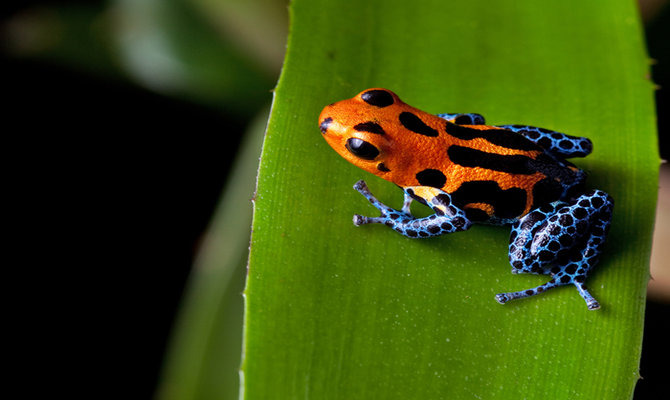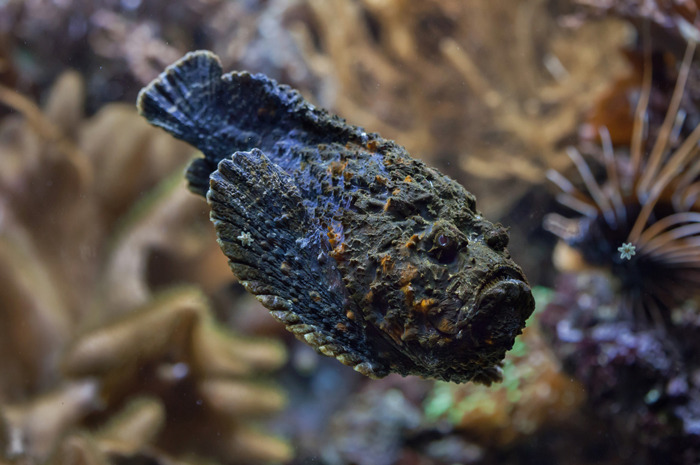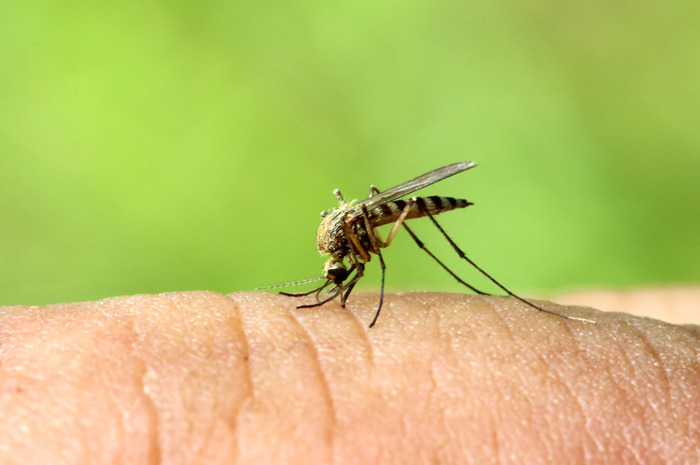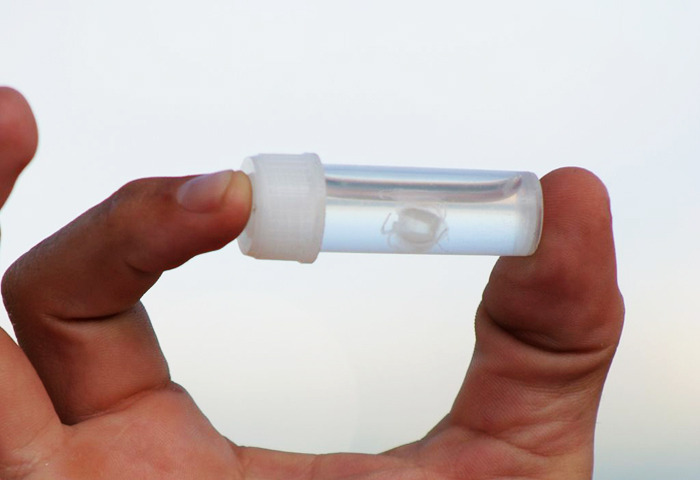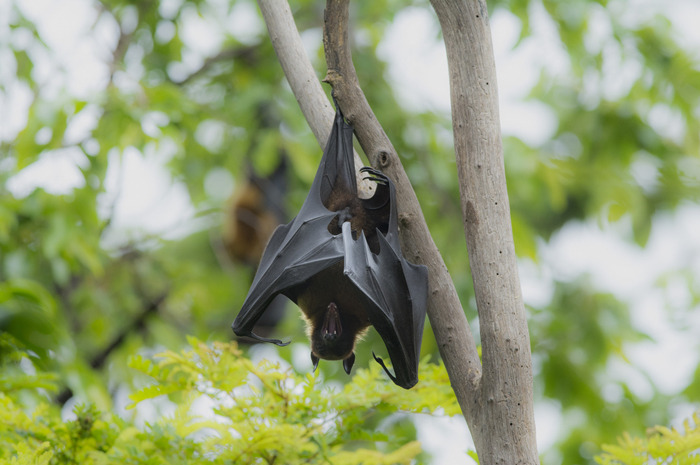The Smallest Lethal Creatures On The Planet
The Smallest Lethal Creatures on the Planet
When you think of the world's most dangerous animals, large predators like the great white shark and Siberian tiger usually come to mind. While yes, they can kill you, you may be surprised to know that some of the world's smallest creatures are actually the deadliest.
Africanized Honey Bee
Also known as the "killer" bee, the Africanized Honey Bee is extremely temperamental. They have spread over South and Central America through Mexico and into the United States, according to columbia.edu. They will attack you even if you don't provoke them and will only sting you once. They die shortly after stinging their victim.
Cone Snail
There are approximately 500 species of cone snails, the textile cone snail being the deadliest. Its venom is strong enough to paralyze instantly, according to National Geographic. They have been responsible for a number of human deaths.
Poison Dart Frog
These frogs wear some of the most beautiful colors, but don't let that fool you. They are one of the most dangerous predators in the world. They release toxins from their skin that are lethal. According to National Geographic, the golden poison dart frog has enough venom to kill 10 grown men.
Stonefish
Stone fish are members of the scorpion fish family. They tend to live in tropical waters and in worldwide aquariums. According to the U.S. National Library of Medicine, they carry extremely poisonous venom, which can cause pain, swelling, difficulty breathing, irregular heartbeat, low blood pressure, bleeding, abdominal pain, seizures, paralysis, and nausea.
Brown Recluse Spider
This spider is usually found in central Midwestern states, especially Oklahoma and Arkansas. The symptoms caused by the bite of this spider vary depending on the age of the victim, according to brownreclusespider.org. "The bites are usually more dangerous in kids, young adults and third age people." You may experience symptoms such as nausea, fever, shivering and in some cases surgery may be required to extract the necrotic tissue.
Australian Box Jellyfish
Causing more than 60 deaths within the past hundred years in Australia, it's no wonder the Box Jellyfish made this list. They have extremely powerful venom; a sting from this jellyfish can cause headaches, vomiting, muscle spasms, difficulty breathing, and death.
Mosquitos
Although they won't kill you with just one bite, they carry diseases that cause harm to people worldwide. Malaria, for instance, is one of the deadliest diseases on the planet that is carried by a mosquito. Other diseases they carry include Yellow Fever, West Nile Virus, dengue, and Zika.
The Mouse Spider
There are about eight species of mouse spiders found in Australia. They have short, thick legs with very large fangs. They are aggressive; if you provoke them, they will bite you. A bite by this spider may cause severe illness and pain at the site of the bite. You may experience difficulty breathing, coughing, sweating, and muscle weakness.
Blue-Ringed Octopus
Commonly found in the Pacific and Indian Oceans are the venomous blue-ringed octopi. Don't let their small size fool you; they like to hide in crevices and camouflage – if you antagonize them, they will attack. Their venom contains tetrodotoxin, a neurotoxin that is powerful enough to kill humans.
TseTse Fly
Also called tik-tik fly, this lethal bloodsucking creature inhabits much of tropical Africa. It resembles house flies, but by no means are they anything like them. They transmit sleeping sickness – African trypanosomiasis – in humans, which causes a variety of symptoms including headaches, muscle aches, fatigue, and high fever. According to the CDC, if this disease is not treated, it can result in death.
Deathstalker Scorpion
This is the most dangerous of the scorpion species. They are usually found in the Middle East and North Africa. Females are about 4 inches in size and males are about 3 inches. They are very aggressive and their venom contains neurotoxins; one sting is extremely painful, but usually not deadly to healthy adult humans.
Red Widow Spider
This spider is a member of the black widow family. They are commonly found in Florida. Red widow spiders can reach up to 1.5 inches in size. Adults like to eat crickets and other large insects. The venom of this spider is said to be more potent than that of a rattle snake. It can cause high blood pressure, muscle weakness, sweating, and vomiting.
Irukandji Jellyfish
This is the smallest and one of the most lethal jellyfish in the world. Their venom is extremely powerful, over 100 times more powerful than that of a cobra. One sting from this jellyfish may cause Irukandji syndrome, which causes symptoms such as painful muscle cramps, burning in the skin and face, pain in the kidneys and back, increased heart rate, headache, and vomiting.
Bats
Although many of them are important for the world's ecosystems, these lethal creatures commonly carry highly fatal diseases. "Rabies is perhaps the most well-known disease associated with bats," according to the CDC. "Once a person becomes infected and symptoms begin to occur, rabies is almost always fatal. Each year in the United States, up to 30,000 people receive PEP due to potential exposure to a rabid animal, including bats."
Fleas
Believe it or not, this tiny insect is actually one of the world's most dangerous. Flea bites can lead to infection and diseases, the black plague being one of them – it has killed approximately 25 million people.
